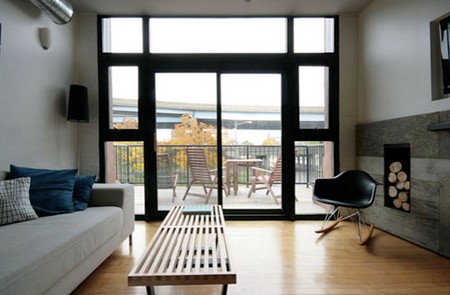Maintaining a safe home should always be your first priority. As well as ensuring that your property and fixtures, and your furnishings aren’t hazardous, you need to take precautions against break-ins
The biggest threats to your safety and that of your possessions are:
- Personal accidents and injury
- Fire
- Electrocution
- Extreme weather – Burglary
Not taking enough care when you make improvements to your home, can markedly increase your risk of experiencing the first three items on the list. Make your home as safe as possible. As opposed to burglar alarms, SecureView security screens act as a visual barrier, reducing the chances of forced entry. You can have this as one of the best forms of security system installation at your home, and you might also want to consider installing other security system options like security gates and security screen doors for added protection.
- Choose products and materials that meet or exceed current safety requirements. This is particularly true of items that are potentially flammable, such as upholstery and anything that involves electricity or gas. You don’t need to know current safety laws as reputable products will label their compliance very clearly.
- Know your own limits. DIY accidents have risen sharply in recent years. Never rush a task, and always use professionals for any home maintenance projects you don’t feel comfortable with.
- Keeping your home safe is an on-going project. It might be more fun to have a weekend away, but fitting new window locks has to come first. » For full advice on how to prevent accidents in the home, especially if there are children or older people who live with you.
- Install smoke alarms and carbon monoxide detectors in your home. Being prepared, to find out where to place them.
- Consider fire alarm system installation
- Respect any climatic conditions that could affect your home and take suitable precautions.
- Be prepared for emergencies in advance.
Home security
Most break-ins happen by chance. A thief who notices a home that appears to be empty will very quickly try to break in. Research has shown that the average thief spends just sixty seconds trying to gain access to a house. If he is unsuccessful, he moves on to the next place.
External action
- Install good home security cameras if you don’t have any already. You can add other options too, such as burglar alarms and external lighting. Make it second nature to turn them on, even for short trips away from home so you have better .
- Compare your property with others in your street. If you have easy and unobserved access to your home, or an obvious lack of security cameras, consider how you might change things.
- Imagine you have no key, but need to get in. Go around your home to identify its weak spots so you can either set up security cameras in these areas or find a way to make it harder for people to get in.
- Prune back shrubs so that they don’t obscure doors, or anyone who might be standing at them.
- Security paint makes drainpipes slippery.
- Grow prickly plants around the borders of your property and, if you like them, on the house walls.
Windows and doors
- Fit window-locks on first-floor and second-floor windows with easy access from single-story roofs.
- Thermal-glazed windows are more secure as they don’t break easily. Sash windows offer the least burglar resistance and slide up for very easy access; locks here are essential.
- Glue slatted windows onto their supports, so they can’t be lifted out.
- Pay special attention to doors that can’t be seen from the street. The thief will have longer to work on getting these open.
- With sliding glass doors, a broomstick wedged in the inside track of a full-length double door will jam the track from the inside.
- Install new locks when you move, or after a break-in.
Precautions
- Securely lock away any tools or equipment that burglars could use to gain better access to your home. Use heavy duty padlocks.
- It’s a cruel fact, but the most vulnerable time for a break-in is after a break-in. Thieves may return to steal the items you’ve replaced. Make sure that the entrance they used is now impossible to break through and security is improved overall.
- Ask the local crime prevention officer for a home security survey.
- Getting a dog can be an effective deterrent.
